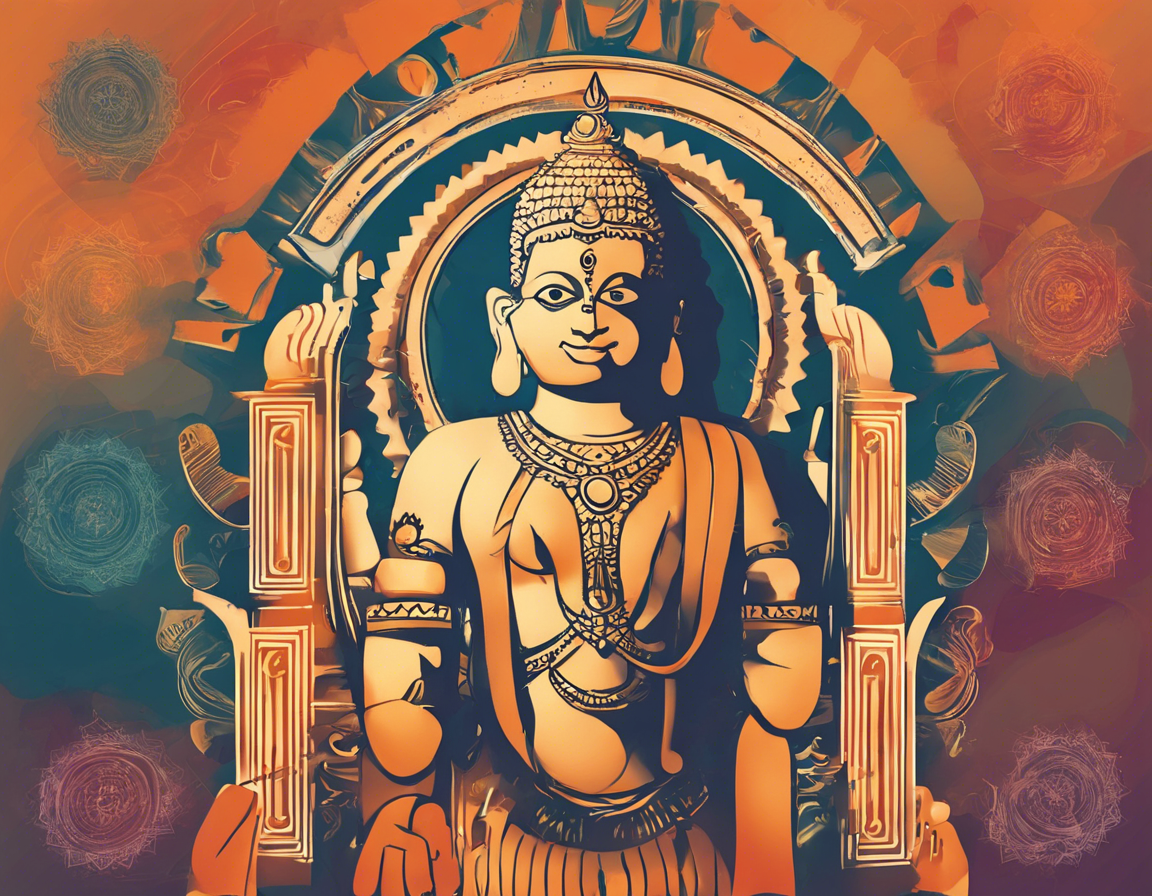Mukhyamantri Shiksha Puraskar: Celebrating Educational Excellence
Education is the cornerstone of societal progress and individual success. Recognizing this, many governments around the world institute awards to celebrate excellence in the field of education. In India, one such prestigious award is the Mukhyamantri Shiksha Puraskar, which translates to Chief Minister’s Education Award. This award aims to acknowledge and reward outstanding contributions by individuals and institutions in the education sector. Let’s explore the significance, selection process, categories, and impact of the Mukhyamantri Shiksha Puraskar in this comprehensive guide.
Significance of Mukhyamantri Shiksha Puraskar
The Mukhyamantri Shiksha Puraskar holds significant importance in the realm of education in India for several reasons. Firstly, it serves as a platform to honor and showcase the hard work, dedication, and innovation of educators and educational institutions. By recognizing and rewarding excellence, the award motivates others in the education sector to strive for higher standards and innovative practices.
Moreover, the award helps in creating a culture of appreciation for educators who often work tirelessly behind the scenes to shape the future generation. It highlights the importance of quality education and the pivotal role teachers and institutions play in nurturing young minds.
Selection Process for Mukhyamantri Shiksha Puraskar
The selection process for the Mukhyamantri Shiksha Puraskar is rigorous and impartial to ensure that only the most deserving candidates receive the award. The process typically involves the following steps:
-
Nomination: Interested individuals or institutions are invited to nominate themselves or others for the award. Nominations are usually open for a specific period, and detailed guidelines are provided regarding the submission process.
-
Screening: A screening committee is appointed to review the nominations and shortlist candidates based on pre-defined criteria such as educational innovation, impact, sustainability, and scalability.
-
Evaluation: The shortlisted candidates are further evaluated through a thorough assessment of their work, impact on the education sector, and potential for scalability and replicability.
-
Final Selection: A final selection committee, usually comprising experts in the field of education, government officials, and prominent personalities, reviews the recommendations and selects the recipients of the Mukhyamantri Shiksha Puraskar.
Categories of Mukhyamantri Shiksha Puraskar
The Mukhyamantri Shiksha Puraskar typically recognizes excellence in various categories to ensure a comprehensive representation of the education sector. Some common categories include:
-
Best Teacher: Recognizing outstanding individual teachers who have demonstrated exceptional dedication to their students and innovative teaching methods.
-
Best School: Acknowledging schools that have shown remarkable progress in student outcomes, infrastructure development, and community engagement.
-
Best Education NGO: Celebrating the efforts of non-governmental organizations working towards improving access to quality education for underprivileged communities.
-
Best Educational Initiative: Recognizing innovative projects or programs that have positively impacted the education sector and brought about systemic change.
Impact of Mukhyamantri Shiksha Puraskar
The Mukhyamantri Shiksha Puraskar has a profound impact on the education landscape of the region where it is awarded. Some key impacts include:
-
Recognition and Motivation: The award shines a spotlight on exemplary work in education, motivating recipients and others in the field to aim for higher standards of excellence.
-
Knowledge Sharing: Award recipients often become ambassadors for best practices in education, sharing their experiences and learnings with a wider audience to inspire change and innovation.
-
Policy Influence: The recognition provided by the award can influence education policies at the state or national level, leading to systemic improvements in the education sector.
-
Community Engagement: The award fosters community engagement by highlighting the importance of education and encouraging participation from various stakeholders, including parents, students, and local authorities.
Frequently Asked Questions (FAQs)
- Who is eligible for the Mukhyamantri Shiksha Puraskar?
-
The award is open to individuals, schools, NGOs, and educational initiatives that have made significant contributions to the education sector.
-
Is self-nomination allowed for the award?
-
Yes, individuals and institutions can nominate themselves for the award by following the prescribed guidelines.
-
What criteria are considered during the evaluation process?
-
Criteria such as educational innovation, impact, sustainability, scalability, and community engagement are typically assessed during the selection process.
-
Are there cash prizes associated with the award?
-
Yes, along with recognition and a trophy, cash prizes are often awarded to the winners in different categories.
-
Can previous winners reapply for the Mukhyamantri Shiksha Puraskar?
- Yes, previous winners can continue to innovate and reapply for the award in subsequent years to showcase their ongoing contributions to the education sector.
In conclusion, the Mukhyamantri Shiksha Puraskar stands as a symbol of excellence and innovation in education, honoring those who have dedicated their lives to shaping a brighter future through knowledge and learning. By recognizing and celebrating their achievements, the award inspires a new generation of educators and institutions to strive for excellence and transformative change in the realm of education.
